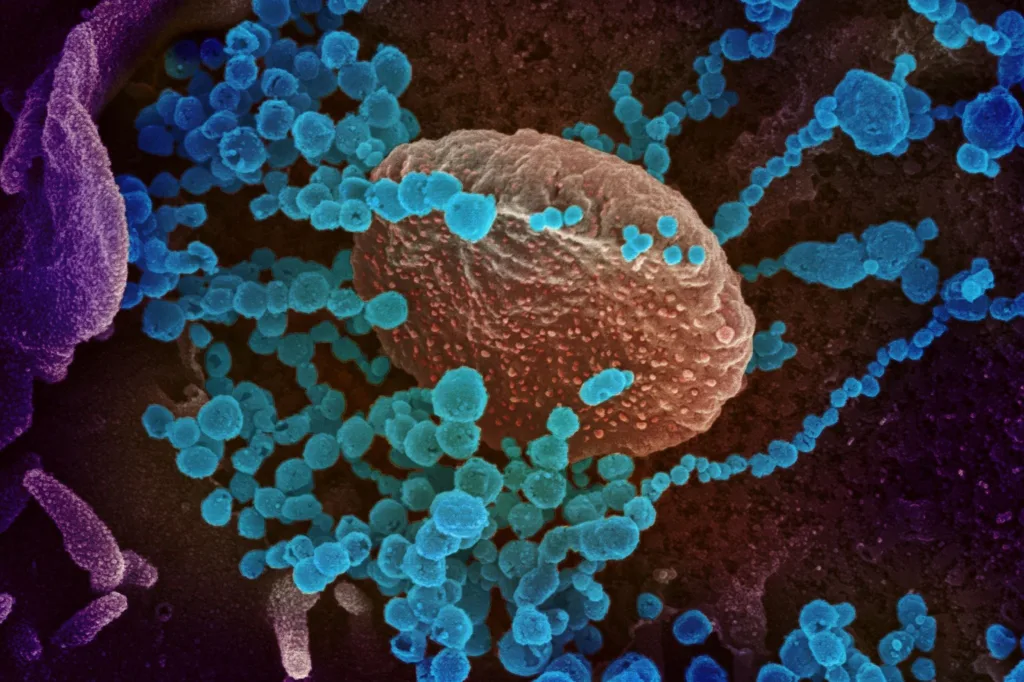
The discovery provides tantalizing clues regarding the beginnings of complex life and gives fresh avenues for investigating the theory that viruses were necessary for the emergence of humans and other sophisticated life forms.
All complex life forms, including people, starfish, and trees, which have cells with nuclei and are classified as eukaryotes, are thought to have arisen when archaea and bacteria united to produce a hybrid entity. According to recent study, the first eukaryotes are direct offspring of the Asgard archaea.
The most recent study, conducted by Ian Rambo, a former PhD student at the University of Texas at Austin, and other members of Brett Baker’s group, gives light on how viruses, too, may have played a role in this billion-year-old history.
“This research opens the door to better understanding the origin of eukaryotes and the function of viruses in the ecology and evolution of Asgard archaea,” Rambo says. “There is a theory that viruses may have aided in the evolution of complex cellular life.”
Rambo is alluding to a contentious theory known as viral eukaryogenesis. It implies that viruses, in addition to bacteria and archaea, may have contributed some genetic component to the evolution of eukaryotes. This latest discovery does not end the argument, but it does provide some intriguing hints.
The recently found viruses that infect currently surviving Asgard archaea share certain characteristics with viruses that infect eukaryotes, such as the ability to duplicate their own DNA and hijack their hosts’ protein modification mechanisms. Because these recovered Asgard viruses have traits of both viruses that infect eukaryotes and prokaryotes, which have cells without a nucleus, they are distinct from those that infect other archaea or sophisticated living forms.
“The most intriguing thing is that they are completely new forms of viruses, unlike those we’ve seen before in archaea and eukaryotes, infecting our microbial relatives,” adds corresponding author Baker, an associate professor of marine science and integrative biology.
The Asgard archaea has been discovered in deep marine sediments and hot springs around the world, but only one strain has been successfully produced in the lab. Scientists collect their genetic material from the environment and then piece together their genomes to identify them.

In this new study, the researchers screened the Asgard genomes for CRISPR arrays, which contain small fragments of viral DNA that can be precisely matched to viruses that previously infected these bacteria. These genetic “fingerprints” enabled them to identify these elusive viral invaders that infect species that play important roles in the intricate origin story of eukaryotes.
“We are now beginning to appreciate the implications and role that viruses could have had in the eukaryogenesis mystery,” says coauthor Valerie De Anda, a UT Austin research associate.
UT Austin and the University of Wisconsin-Madison also contributed. The Moore and Simons Foundations provided funding for this project.
